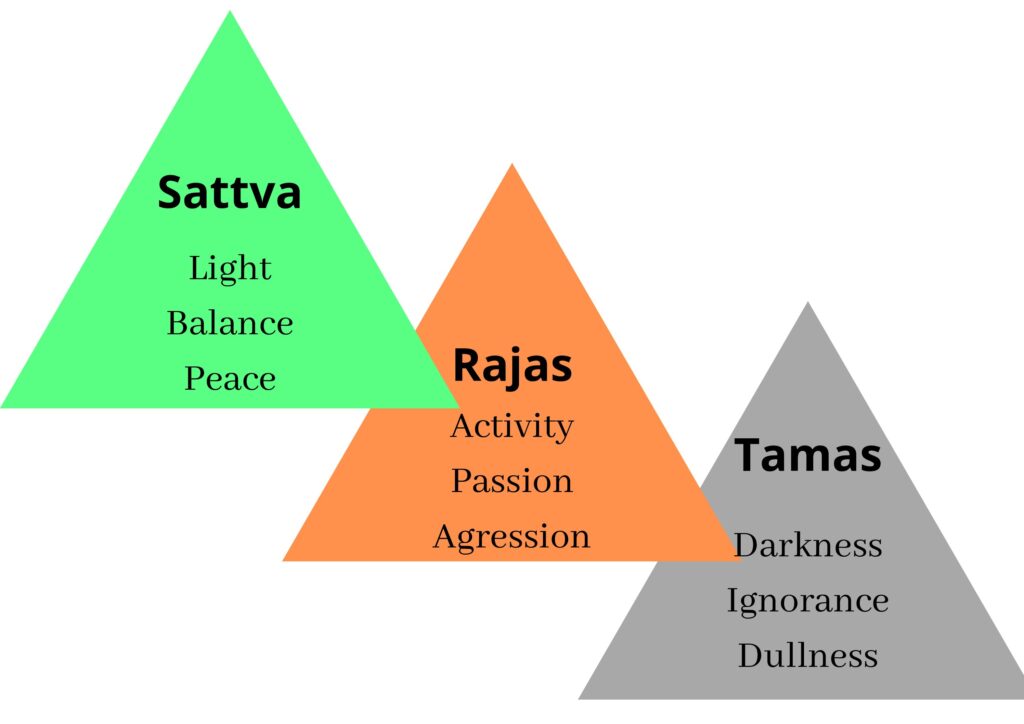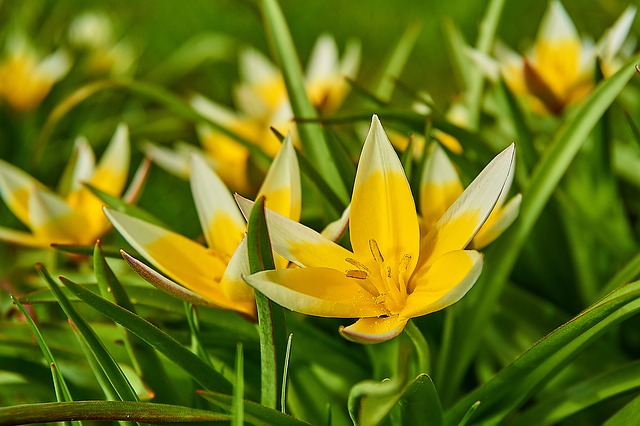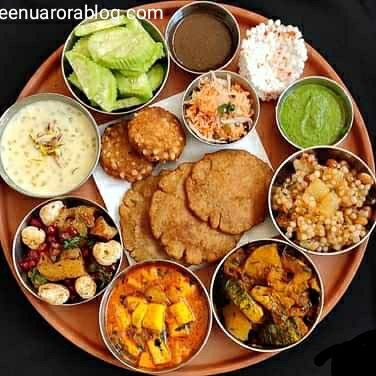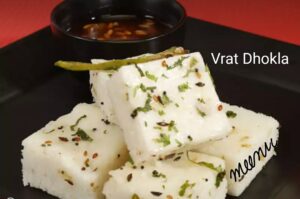The entire creation in the universe is made up of five elements and they have three kinds of qualities or Gunas- Sattva, Rajas, and Tamas. According to the yogic philosophy, these 3 gunas/qualities are present in all objects to varying degrees, one being more dominant than the other two. They exist inside as well as outside of us. Gunas represent the virtues or attributes that exist in food, nature, and actions including our body and mind. The sattva guna is connected to the highest state of consciousness, whereas tamas is deemed the lowest. Balancing the gunas leads to good mental, physical and spiritual health.

Three Gunas of Nature
What is Tamas Guna?
Tamas means darkness, ignorance, and pretence. This word is derived from the Sanskrit language. Tamas guna is the quality in the universe that disconnects one from higher consciousness and the harmony of life. It symbolizes inertia, lethargy, mental dullness, and greed.
Think of a seed that is sown in the earth in darkness. It is in a tamas state. Meats, leftovers, deep-fried snacks and fermented foods are not considered sattvic but tamasic because they are either stale or overcooked. They decrease the body’s energy. Food cooked with feelings or vibration of fear, hatred, greed or jealousy is tamasic too.
What is Rajas Guna?
Rajas Guna possesses the attributes of activity, energy, ambition, movement, and change. It is a Sanskrit word, meaning passion. It is good for motivation, but when this guna is dominant, it leads to aggression, anxiety, and hyperactivity. Think again of the seed sown in the earth. When it is sprouting and breaking open the earth to reach the sun, it is in the activity/ rajas state.
Rajasic foods are highly stimulating, spicy, sour, and pungent items not easy to digest. They increase the body’s energy, so they must be taken in moderation, occasionally, and preferably in the mid-day meal. Examples are tea, coffee, alcohol, tobacco, garlic, onion chillies, refined sugars, black lentils, chicken, etc.
The predominance of this guna results in the imbalance of the body and mind, producing disturbance, anxiousness, lack of sleep, and overindulgence.
When tamas is prominent in our lives, there is heaviness, lethargy, lack of focus, and depression.
What is Sattva guna?
Sattva & sattvic foods represent balance, harmony, light, and peace. It is our ideal state. It is a Sanskrit word that means light, purity, and goodness. The calm you feel when you meditate or eat a fresh, subtle and organically grown meal is sattva. Its attributes are love and compassion. According to Yoga Sutras, this guna brings us in alignment with nature. But, we must practice it in the mind(Mansa), Vacha(in words), and Karmana(in actions). Any thought, word, or action that doesn’t possess love & compassion is not sattvic. Let us take the example of the seed again. The dry seed is in the state of tamas, but when it sprouts, grows into a plant, and bears a flower, unfolding its petals to absorb the beauty of the sun, it is in a state of sattva.

Sattvic food connects you with your higher consciousness. Consuming them balances the body’s energy and increases immunity. They are grown and cooked with mindfulness. Digesting them is easy too. They provide stability and vitality that you should naturally possess.
Sattvic foods provide stability and vitality that you should naturally possess.
Sattva rajas and tamas gunas in People
A Rajasic person would be focussed in doing and achieving. On the other hand, a highly tamasic person would be slow, lethrgic, lazy and of a negative perspective. A sattvic person would be in balance, peaceful, having a positive attitude, pure and adaptable to situations.
Sattva rajas and tamas gunas in foods
Which foods are high in sattvic energy?
Sattva, Rajas and Tamas are also found in foods and have the corresponding effect on our body and mind. One can loosely categorize Sattvic foods as plant-based- most fresh fruits and vegetables, most whole grains, legumes, and nuts. However, the way they are cooked or eaten may increase their rajas guna. Some are better eaten lightly cooked. Also, they should be fresh and without chemicals in growing or delivering. Processed and stored foods lose sattvic energy, such as pickles and jams.
Sattvic Foods You can Eat in Navratri & Vrat Fasting

Some people fast or have a vrat on all nine days of Navratri while some fast for only 2 days. But as is tradition, whether you fast or not, most Hindus eat only sattvic food during Navratri. It mainly means staying away from eggs, meats, onions, garlic, and alcohol, etc. If you are fasting, there are plenty of choices of items you are allowed to consume, primarily because they are made from fruits or seeds.
Here is a list of foods you are allowed to eat during Navratri vrat:
Flours
- Singhara atta (Water Chestnut Flour)
- Kuttu Atta (Buckwheat Flour)
- Rajgira Atta (Amaranth Flour)
- Sama ke Chawal and its atta (Barnyard Millet Flour)
Herbs and spices
- Jeera(Cumin)
- Kali Mirch/Black Pepper
- Sendha Namak(rock salt)
- Hari Elaichi(Green Cardamom)
- Laung(cloves)
- Dalchini(Cinnamon)
- Jaiphal(nutmeg)
- Anardana(dry pomegranate Seeds )
- Ginger
- Hari Mirch(Green Chilli)
- Lemons
- Ajwain(Carom Seeds)
- Dhania(coriander)
- Pudina(mint leaves)
- Kadi Patta(Curry Leaves)
Vegetables:
- Potatoes
- Petha Or Pumpkin
- Shakarkandi Or Sweet Potato
- Arbi, Kachalu/ Colocasia
- Jimikand or Yam
- Raw Banana
- Papita/Papaya
Other Ingredients
- Sabudana/Tapioca Pearls
- Makhana/Fox nut
- All dry fruits & peanuts
- All Fruits
- Milk products such as paneer/cottage cheese, curd, cream, ghee, khoya, malai etc.
- Sugar, honey, gur/jaggery
- Tamarind (Imli), Kokum, Lemon Juice
- Coconut and Coconut Milk
- Melon Seeds/Magaz, Groundnut Oil
Sattvic food for fasting in Navratri -Vrat recipe

Sama Rice Dhokla
Sawak or sama rice is gluten-free broken rice which is not a cereal but a seed, (of a grass variety) behaving like rice! It is a superfood, rich in digestible fibres, minerals, and vitamins. It offers excellent nourishment and keeps you full for a long time- the perfect fasting item.
Ingredients
1 cup Sama Rice– 1 cup
Sabudana/Tapioca Pearls – ⅓ cup
Beaten Curd – 2tbsp
Water- 2 tbsp
Citric acid- ½ tsp
Lemon Juice- 1 tbsp
Sugar- 1 tsp
Baking powder- 1.5 tsp
Salt to taste
Oil- for greasing
Tempering
Oil- 2tbsp
Green Chilies- 3 no.
Curry leaves- 10-12
Sugar- half tsp optional
Method:
Soak sama rice and sabudana pearls for 3-4 hrs. Drain and grind to a smooth batter. Add curd and adjust the consistency to a dropping one. Beat more to make it creamy. Add the seasoning, and baking powder and beat again to make it fluffy. It will make a light and spongy dhokla.
Pour the batter into a greased shallow bowl or thali and steam for 12 to 15 minutes. Insert a toothpick or knife, if it comes clean, dhokla is done. Let it cool. Cut in pieces and garnish with the tempering made with the ingredients given above.
Whatever food we eat lends its intrinsic quality of either sattva, rajas and tamas gunas to us. Happy sattvic eating and cooking!
Happy Navratri!

Leave a Reply
You must be logged in to post a comment.